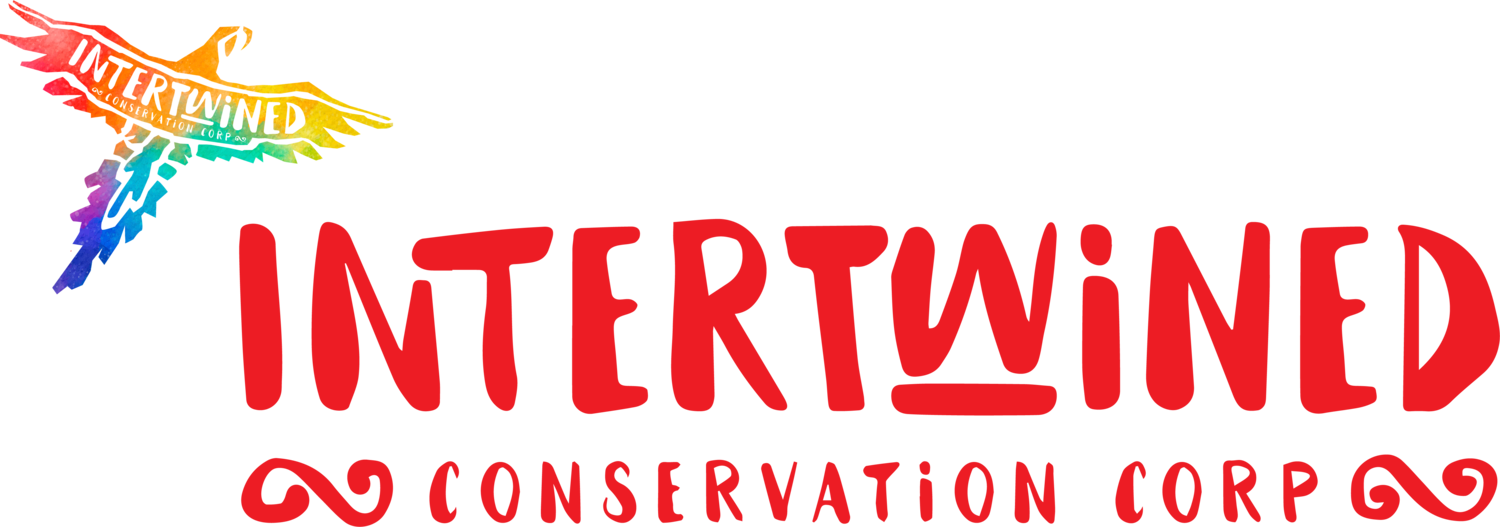Jaguar Conservation
Jaguars are unique animals that are rapidly declining in numbers. First, it’s important to not confuse jaguars with leopards, since they look alike due to having similar prints. However, they are quite different. Jaguars are the third biggest feline in the world and are the largest feline in the Americas, measuring up to seven feet in length and almost three feet in height. These majestic animals weigh between 150 to 200 pounds. The jaguar’s name comes from the native word “yaguar” which meant “the killer which overcomes its prey in a single bound” due to the way they hunt. Due to the strength of their jaw and sharp teeth, their palette is not limited. Jaguars are carnivores and will eat anything from small animals like birds, fish, and snakes to large animals like tapirs, deer, peccaries, and even livestock animals like cows and sheep! They typically hunt at night, pouncing on prey whether from the ground or a from a tree.
You can find jaguars in many habitats including savannahs, rainforests, swamps, and deserts with a strong presence in the Amazon basin. Jaguars enjoy the water and make great swimmers, unlike their other feline counterparts. There used to be a population of them in New Mexico, Texas, and other areas of the United States, however, due to the threats that they face and border politics, there have been no sightings of them anymore. There is also a decline of jaguars in Mexico and Central America. Out of the 34 jaguar subpopulations, eight subpopulations are endangered.
The biggest threat that Jaguars face is habitat fragmentation due to deforestation. Sadly, their homes are cut down for timber and to create space for cattle ranching. The lack of space for them to live creates difficulty for them to mate and breed, making it impossible for the jaguar to survive. With no habitat, there is no prey to hunt, and jaguars are left with no choice but to hunt livestock. In response to hunting livestock, jaguars are killed by humans as revenge. Another threat that jaguars face is poaching for the illegal jaguar trade. Originally, jaguars were hunted for their fur, but this reason has diminished over the decades. Jaguars are still being poached for their parts.
Intertwined Conservation Corporation partners with ProCAT, a non-profit organization that is dedicated to researching and conserving species and ecosystems with the human component in mind. ProCAT does so through an interdisciplinary approach in search of human well-being and conserving biodiversity. The organization achieves its mission through many projects, one of them being Pura Vida, the first certified Jaguar Friendly coffee. ProCAT partnered with the Arizona Center for Nature Conservation and Finca Las Alturas ranch in Costa Rica to produce a coffee in a habitat corridor that connects Las Alturas with Osa Peninsula, an area separated by farms and plantations. This provides jaguars free range to live and to hunt. The coffee is made organic and pesticide free and growers are encouraged to maintain native plants to provide food and shelter with the animals that live there.
A 12 oz bag of coffee is $16 and a part of the proceeds go to helping ACNC and ProCAT meet their conservation efforts. If you would like to help and contribute to meeting conservation efforts and funding jaguar research, purchase a bag of coffee here or donate to ProCAT.
Sources
https://www.britannica.com/animal/jaguar-mammal
https://bigcatrescue.org/jaguar-facts/
https://www.wwf.org.uk/learn/fascinating-facts/jaguars
https://www.discoverwildlife.com/animal-facts/mammals/facts-about-jaguars/
https://nhpbs.org/natureworks/jaguar.htm
https://rainforests.mongabay.com/kids/lesson_plans/lisa_algee/cattle_ranching.html
https://www.nytimes.com/2020/06/11/science/jaguars-poaching-china.html


